#— jupiter creates gfx
Text
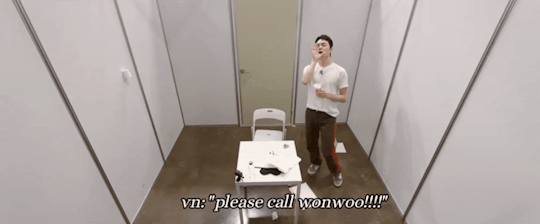

vernon and wonwoo in going svt episode 89 (the guest who left secretly #1) or wonu being a cutie patootie
#jeon wonwoo#wonwoo#chwe vernon#vernon#chwe hansol#svt#seventeen#going seventeen#gose#— jupiter creates gfx
962 notes
·
View notes
Text
Making sense of Saturn's impossible rotation
https://sciencespies.com/space/making-sense-of-saturns-impossible-rotation/
Making sense of Saturn's impossible rotation


Saturn eclipses the Sun, as seen by the Cassini spacecraft. Credit: NASA
More
Saturn may be doing a little electromagnetic shimmy and twist which has been throwing off attempts by scientists to determine how long it takes for the planet to rotate on its axis, according to a new study.
Discovering the length of a day on any planet seems like a straightforward task: Find some feature on the planet and clock it as it rotates around once. Or, if it’s a gas giant like Jupiter, which has no solid surface features, scientists can listen for periodic modulations in the intensity of radio signals created within the planet’s rotating magnetic field.
And then there is Saturn, which for decades has defied attempts to pin down out its exact rotation period. Now a new study in AGU’s Journal of Geophysical Research: Space Physics may have finally unveiled the gas giant’s trick for hiding its rotation, and provide the key to giving up its secret.
The new research shows how seasonal changes on Saturn may be confusing attempts by scientists to calculate its exact rotation period.
A planet’s rotation period is one of the fundamental facts about a planet, along with its size, composition, orbital period and other facts that not only describe a planet but help to explain its behavior, history and even provides clues to its formation.
Coy Saturn
Saturn emits only low-frequency radio patterns that are blocked by Earth’s atmosphere, make it difficult to study Saturn’s rotation from the Earth’s surface. In contrast, Jupiter emits radio patterns at higher frequencies that allowed radio astronomers to work out its rotation period before the space age got well under way.
It wasn’t until spacecraft were sent to Saturn that scientists were able to collect data about its rotation. Voyagers 1 and 2 sent home the first hints of Saturn’s rotation in 1980 and 1981. They detected a modulation of radio intensity that suggested the planet rotated once every 10 hours and 40 minutes.
“So that was what was called the rotation period,” said Duane Pontius of Birmingham-Southern College in Alabama and a co-author of the new study.
When the Cassini spacecraft arrived at Saturn 23 years later to study the planet for 13 years, it found something astonishing.
“In about 2004 we saw the period had changed by 6 minutes, about 1 percent,” Pontius said.
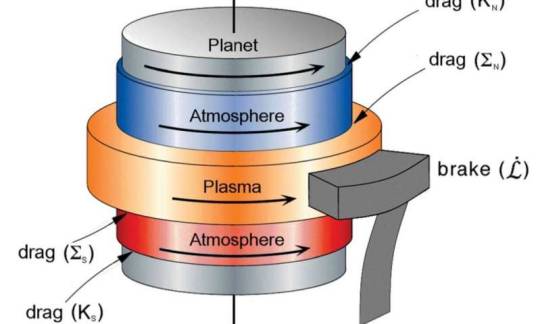
A mechanical analog model of what might be happening with the northern and southern hemispheres of Saturn’s atmosphere and magnetospheric plasma to create misleading signals of how fast the planet is rotating. The “brake” is the slowing of plasma as it flies further from the planet, in the same way a spinning dancer’s arms move slower when they are outstretched than when they are held close to the body. Credit: E. L. Brooks, et al, 2019, JGR: Space Physics
More
But how does an entire planet change the speed of its rotation in 20 years? That’s the sort of change that takes hundreds of millions of years. Even more mysterious was Cassini’s detection of electromagnetic patterns that suggested the planet’s rotation is different in the northern and southern hemispheres.
“For a long time, I assumed there was something wrong with the data interpretation,” Pontius recalled. “It’s just not possible.”
Seasons of Saturn
To find out what was really going on, Pontius and his co-authors started by looking at how Saturn is different from its closest sibling, Jupiter.
“What does Saturn have that Jupiter lacks, beside the obvious rings?” Pontius asked. The answer: seasons. Saturn’s axis is tilted about 27 degrees, similar to Earth’s 23-degree tilt. Jupiter has barely any tilt at all—just 3 degrees.
The tilt means the northern and southern hemispheres of Saturn receive different amounts of radiation from the Sun depending on the season. The different doses of ultraviolet light affect the stripped-down atoms—called plasma—at the edge of Saturn’s atmosphere.
According to the model being proposed by Pontius and his colleagues, the variations in UV from summer to winter in the different hemispheres affects the plasma so that it creates more or less drag at the altitudes where it encounters the planet’s gaseous atmosphere.
That difference in drag makes the atmosphere slow down, which is what sets the period seen in the radio signals.
Change the plasma seasonally, and you change the period of the radio emissions, which is what is seen on Saturn.
The new model provides a solution to the puzzle of Saturn’s impossible changing rotation periods. It also shows that the observed periods are not the rotation period of Saturn’s core, which remains unmeasured.
Pontius presented the model earlier this year at a meeting of Saturn scientists and said it was well received. Now he hopes that other researchers will take the next step to refine the model by exploring how well it fits with 13 years of Saturn data collected by Cassini.
Join us on Facebook or Twitter for a regular update.
Explore further
Image: Night into day on Saturn’s rings
More information:
E.L. Brooks et al. Saturn’s multiple, variable periodicities: A dual‐flywheel model of thermosphere‐ionosphere‐magnetosphere coupling, Journal of Geophysical Research: Space Physics (2019). DOI: 10.1029/2019JA026870
Provided by
American Geophysical Union
This story is republished courtesy of AGU Blogs (http://blogs.agu.org), a community of Earth and space science blogs, hosted by the American Geophysical Union. Read the original story here.
Citation:
Making sense of Saturn’s impossible rotation (2019, September 6)
retrieved 7 September 2019
from https://phys.org/news/2019-09-saturn-impossible-rotation.html
This document is subject to copyright. Apart from any fair dealing for the purpose of private study or research, no
part may be reproduced without the written permission. The content is provided for information purposes only.
#Space
0 notes
Video
vimeo
Horizon // Oceans of the Solar System from mgfxstudio on Vimeo.
The oceans define the earth. They are crucial to life and we used to think that they were unique to our blue planet. But we were wrong…
Rushes were approached by long-time collaborator and friend David Stewart to create some stunning and original graphics for a new Horizon documentary that explores the existence of oceans, and therefore the possibility of life on other planets and moons in our solar system.
Asked to come up with a strong visual signature which would be used throughout the show, Rushes drew influence from old Victorian style astronomy and science books to create beautiful CG sequences that take us on a journey through the solar system, as if through the pages of a book.
Rushes were also tasked with creating two VFX shots of Jupiter’s moon Ganymede with its aurora borealis, and Saturn’s moon Enceladus with its explosive cryogeysers. Plates of real geysers were shot in Chile then composited along with digital matte paintings, mapped onto 3D geometry to give the impression of a dynamic and corporeal Enceladus landscape.
In a third sequence MGFX Studio created a holographic 3D membrane structure - Azotosome. The nitrogen, carbon and hydrogen compound was built and animated in Cinema 4D based on visuals from Cornell University.
This exciting project was Rushes’ largest VFX/GFX offering for BBC Horizon to date which showcased all of our skillsets and talent.
0 notes
Text
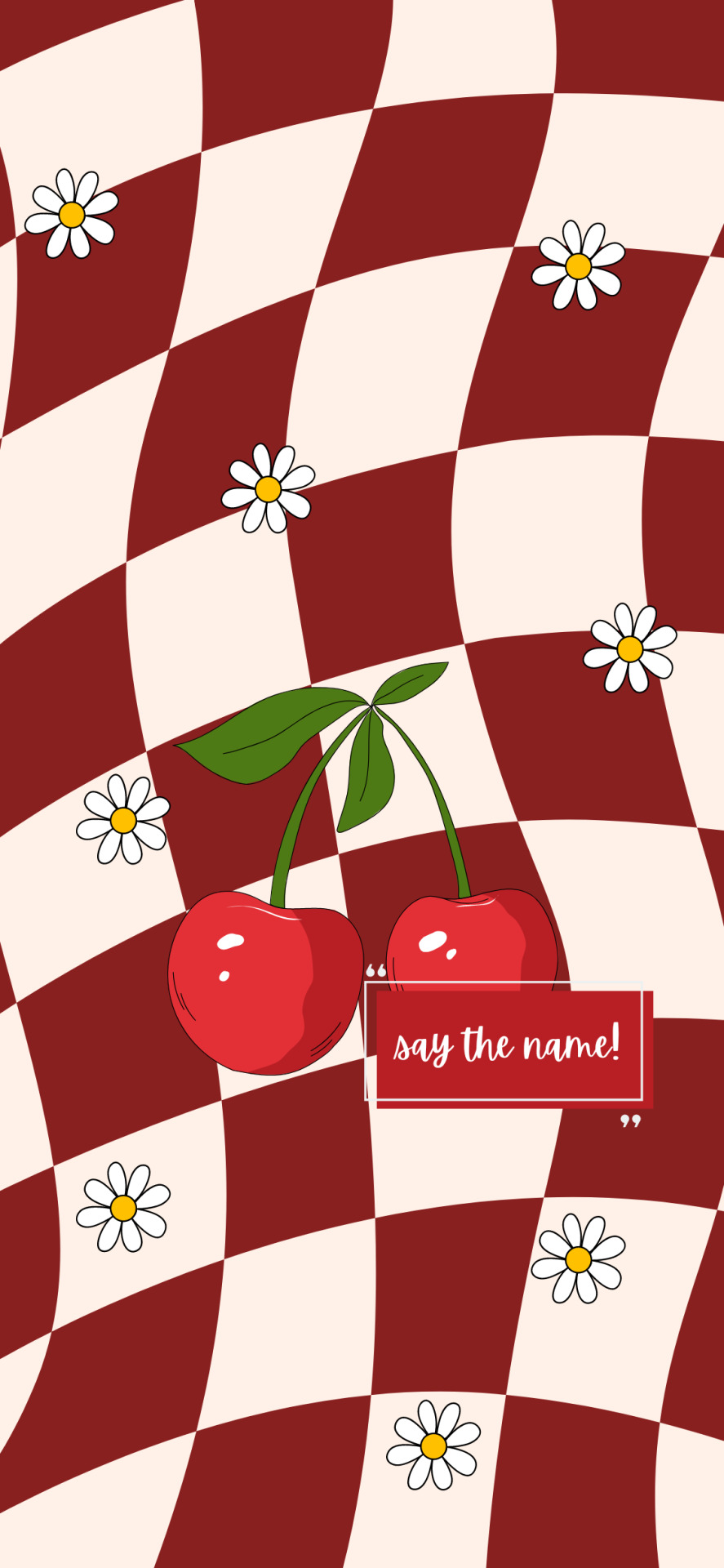

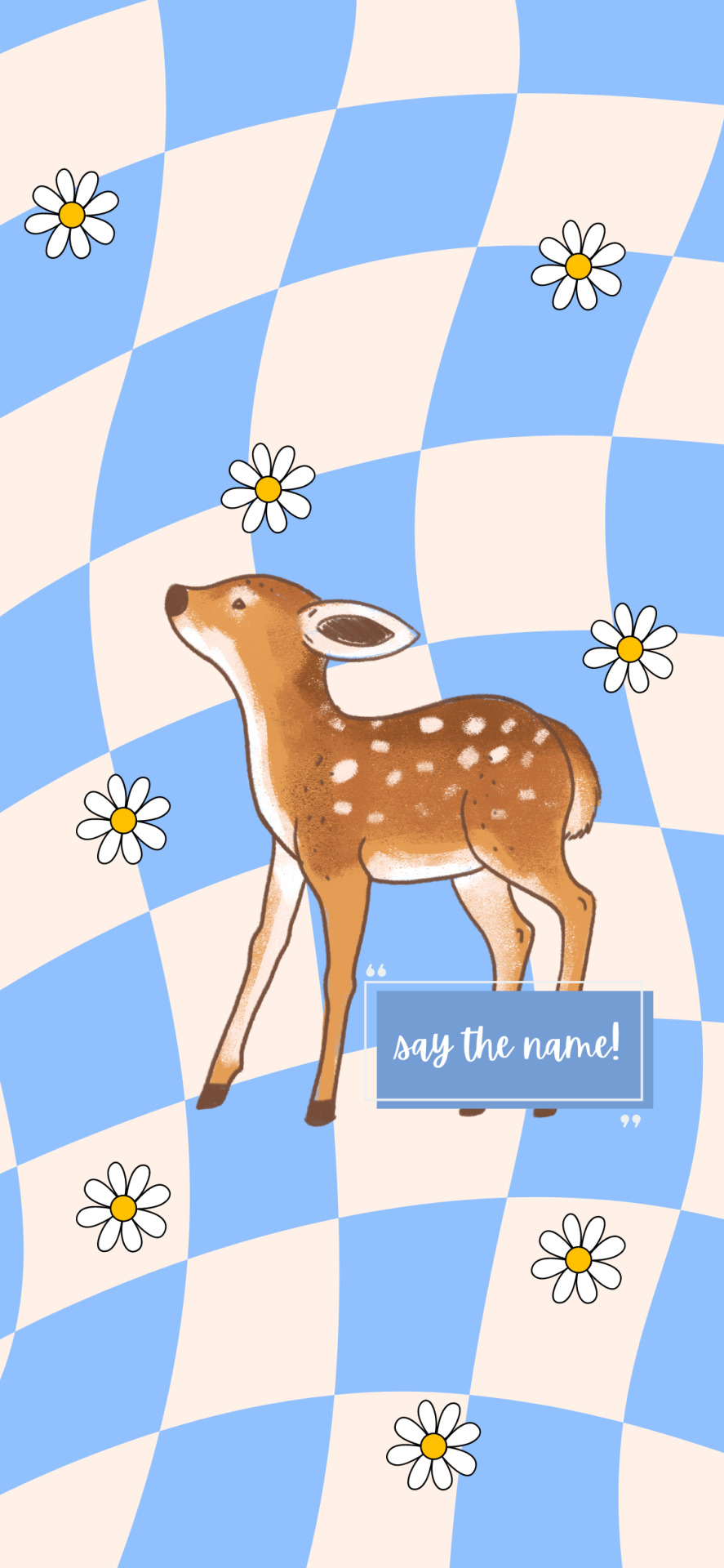
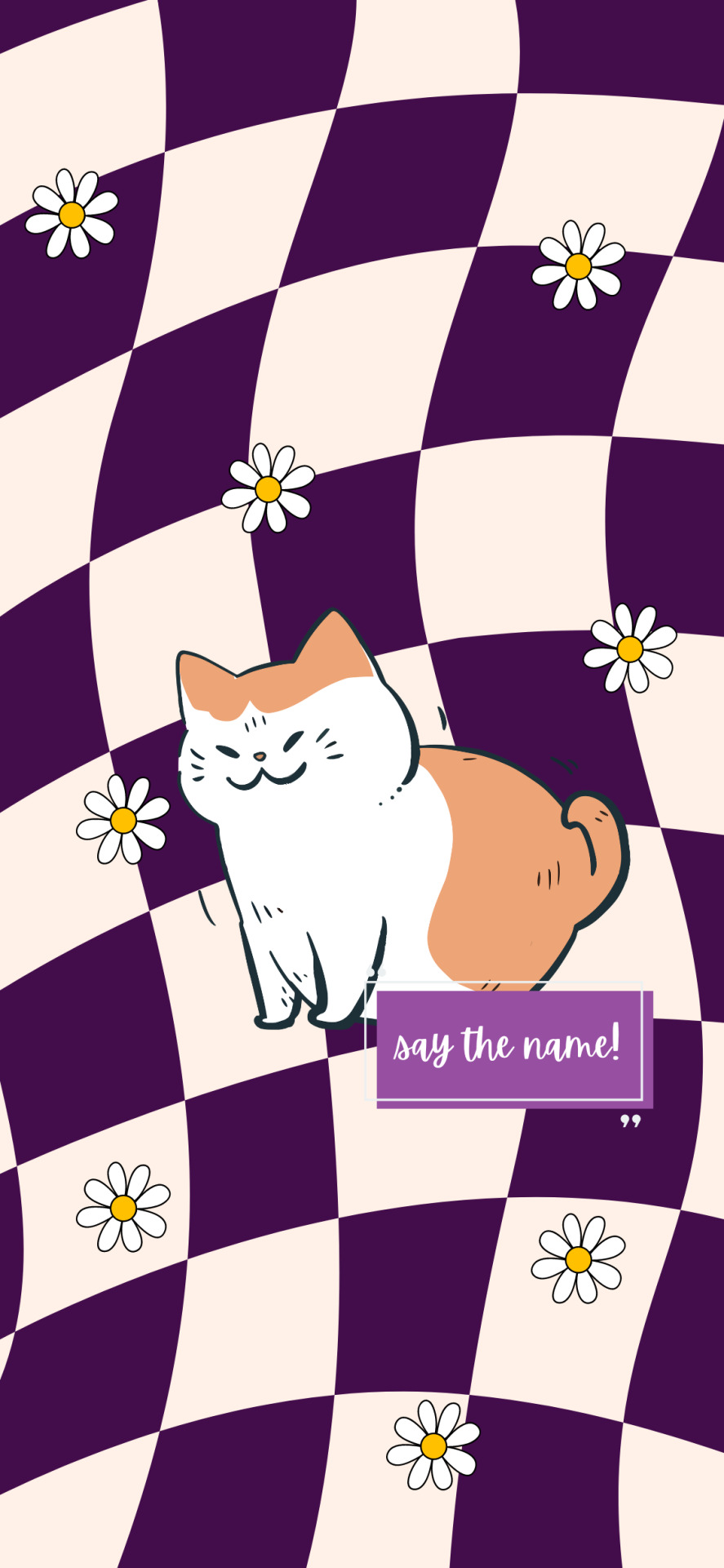







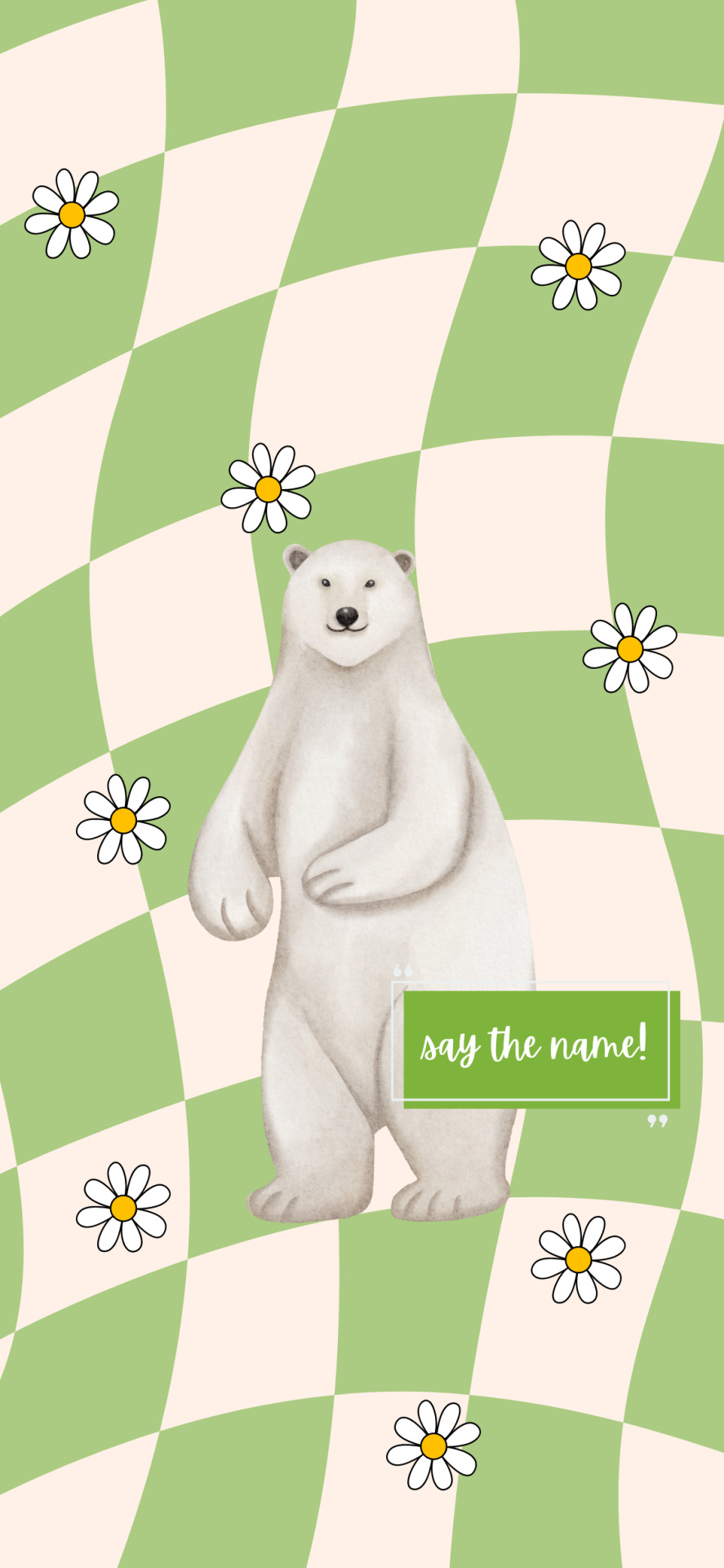


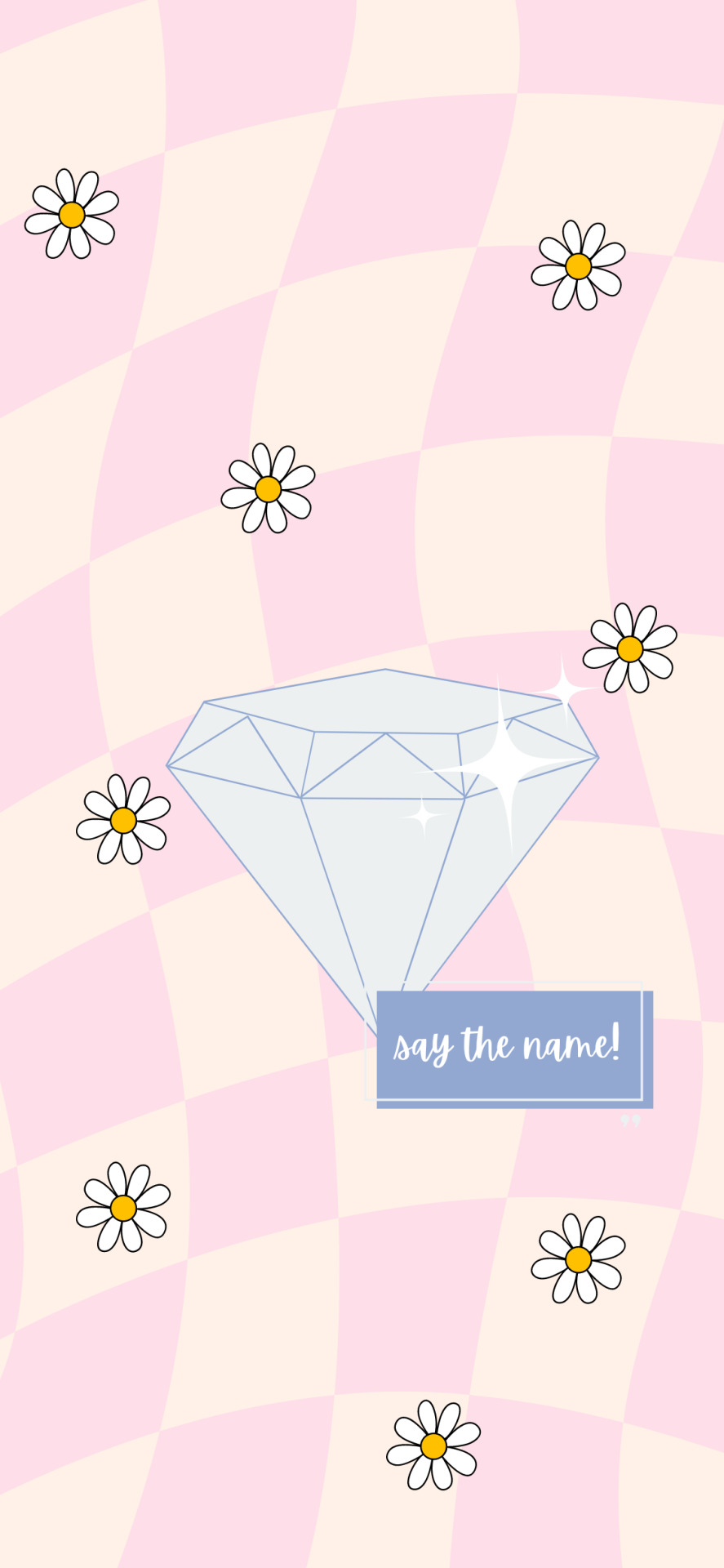
『 S V T + ANIMAL/EMOJI REPRESENATIVES LOCKSCREENS 』
if you use/save, pls leave a like!! ^^
(these r just for fun,,,, i am no expert in graphic design so pls be gentle)
#svt#seventeen#svt wallpaper#svt lockscreen#kpop#kpop lockscreen#kpop wallpaper#— jupiter creates gfx
529 notes
·
View notes
Text




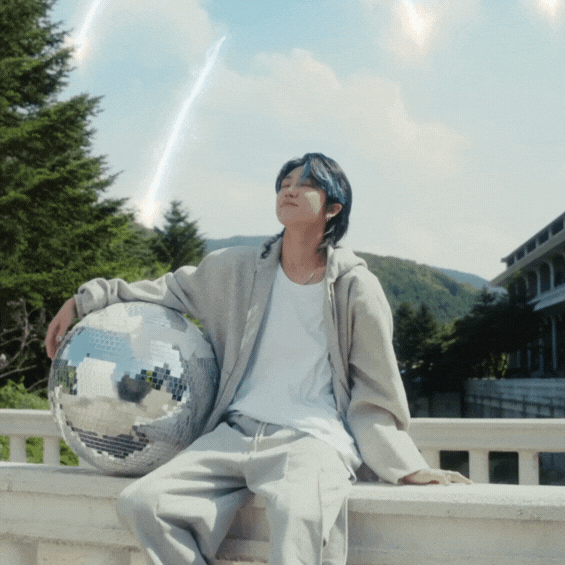




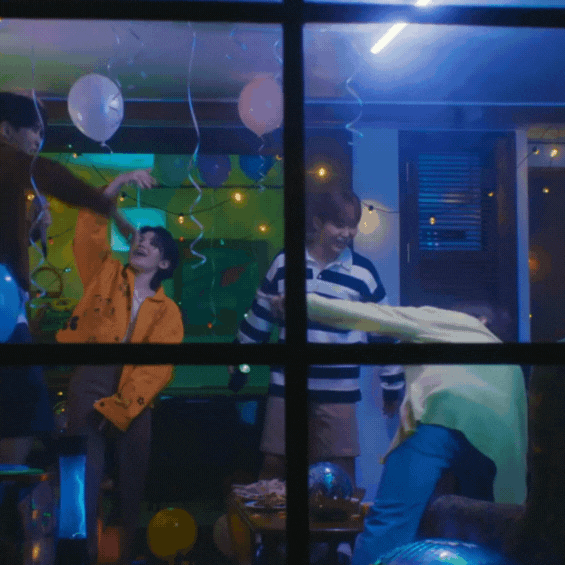
『 to you, the last dance / that absolutely blinding smile / if I could hold onto that, if I could just do that / our last dance and last chance / even if the whole world ends tonight / i just want to cherish what we have, our now. 』
SEVENTEEN - 今 -明日 世界が終わっても- (Ima -Even if the world ends tomorrow-)
#i didn't do this for anything special#just liked the video!#thought it was v pretty#but most of their jpn videos usually are so#nothing new!!#svt#seventeen#kpop#svt gfx#seventeen gfx#— jupiter creates gfx
198 notes
·
View notes
Text

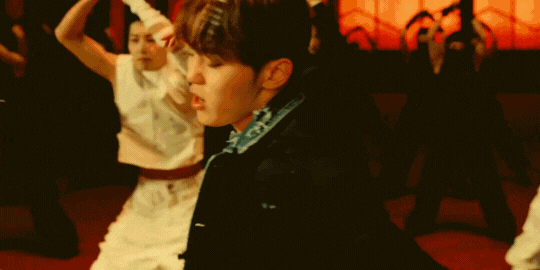

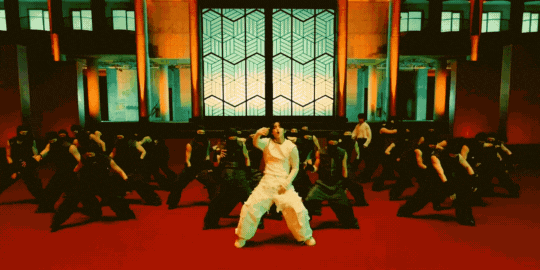

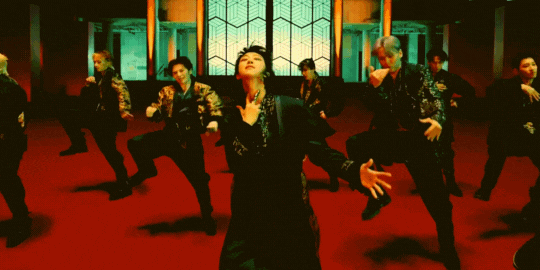
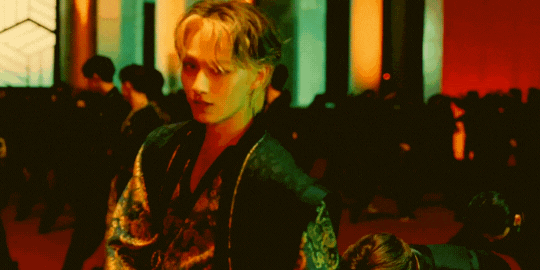
˚₊· ͟͟͞͞➳❥ jupiter's favorite title tracks of 2023
seventeen
super
24.04.2023.
#— jupiter creates gfx#svt#seventeen#svt gfx#svt gifs#seventeen gfx#seventeen gifs#kpop gfx#kpop gifs#svt edit#seventeen edit#flashing tw#flashing lights
98 notes
·
View notes
Text

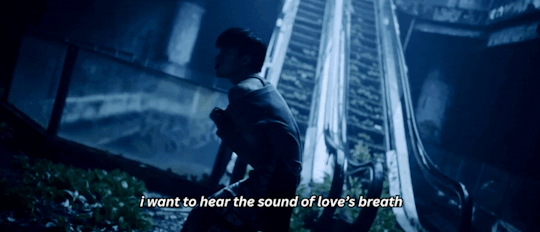
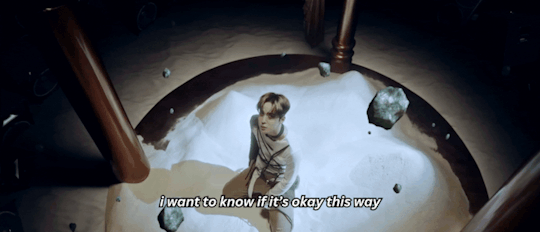



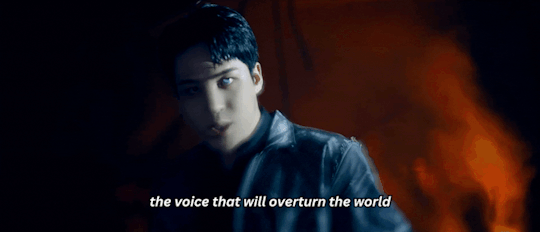

ateez
halazia
#— jupiter creates gfx#ateez#ateez gif#choi san#kim hongjoong#park seonghwa#jeong yunho#kang yeosang#song mingi#jung wooyoung#choi jongho
129 notes
·
View notes
Text







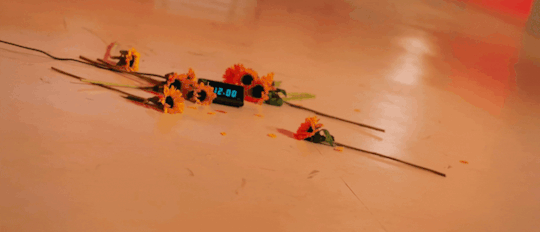
seventeen
getting closer
#— jupiter creates gfx#— jupiter's birthmas#svt#seventeen#svt gfx#svt gif#seventeen gfx#seventeen gif#kpop gfx#kpop gif#i have no clue how to tag gifs#s.coups#scoups#svt scoups#svt s.coups#wonwoo#jeon wonwoo#svt wonwoo#seventeen wonwoo#the8#svt the8#seventeen the8#svt minghao#seventeen minghao
138 notes
·
View notes
Text
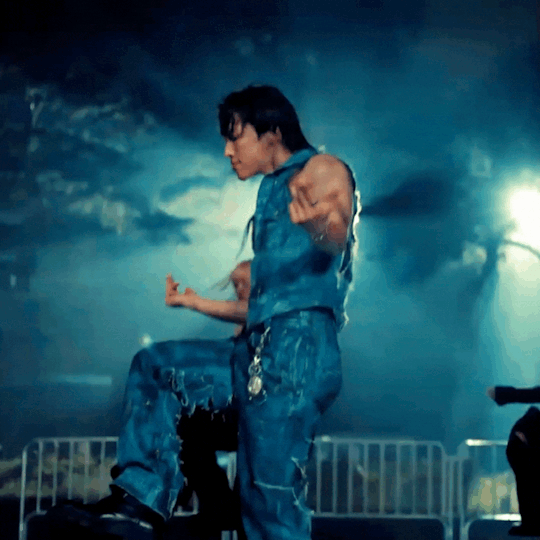
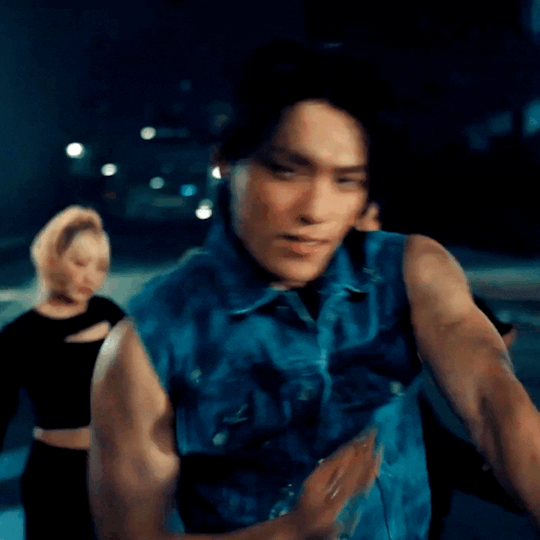
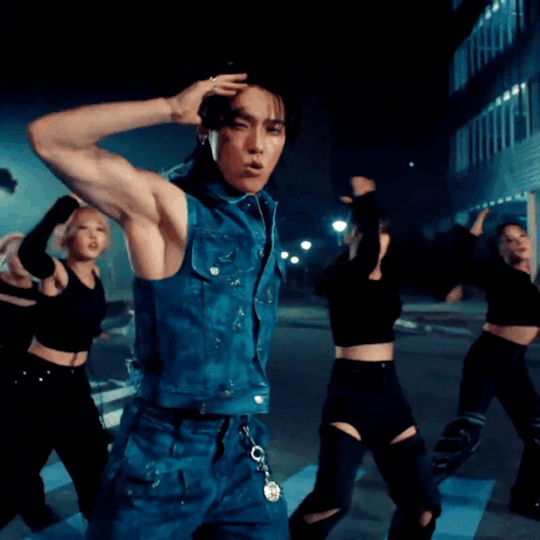

grubby!dino in wait
#— jupiter creates gfx#lee chan#lee dino#svt lee chan#seventeen lee chan#svt dino#seventeen dino#dino#svt gif#svt gfx#seventeen gif#seventeen gfx#ik these aren't particularly good!#making them any better is outside of my knowledge#but no one else seems to have done grubby lee chan soooo
118 notes
·
View notes
Text


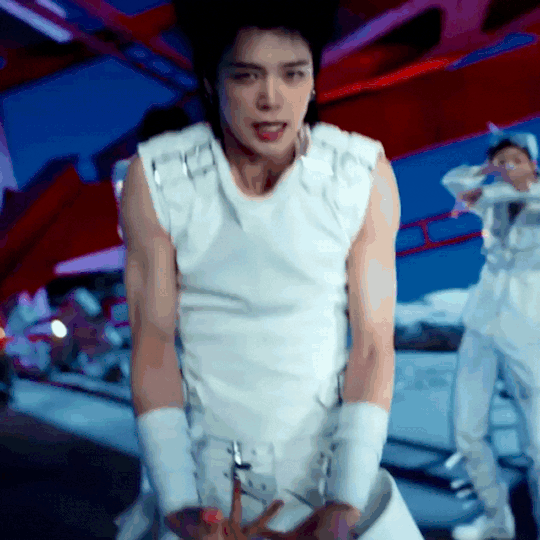
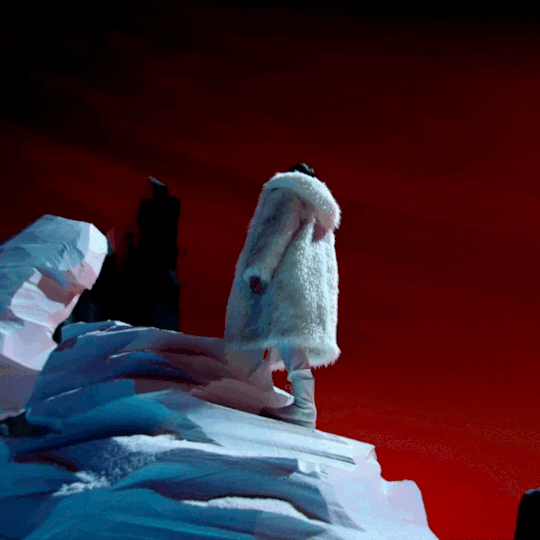

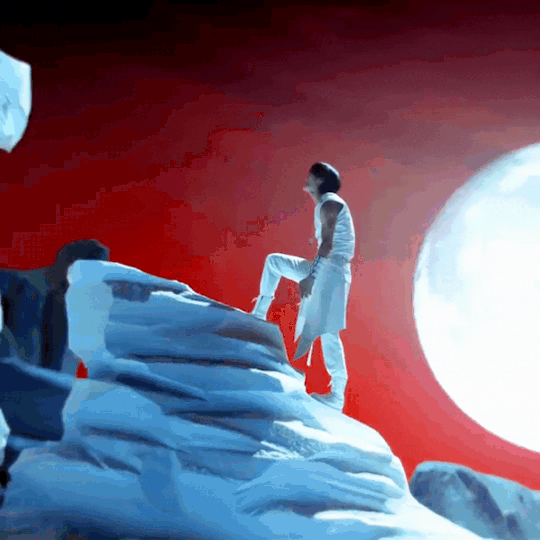
K in WAR CRY
#once again: did my best!!#&team#andteam#&team k#andteam k#&team kei#andteam kei#koga yudai#— jupiter creates gfx
108 notes
·
View notes
Text







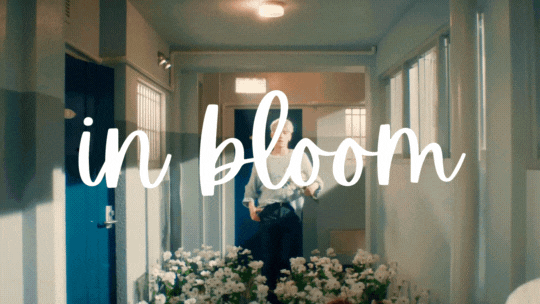



˚₊· ͟͟͞͞➳❥ jupiter's favorite title tracks of 2023
zerobaseone
in bloom
10.07.2023
#— jupiter creates gfx#zerobaseone#zb1#kim jiwoong#zb1 jiwoong#zhang hao#zb1 zhang hao#sung hanbin#zb1 hanbin#seok matthew#zb1 matthew#kim taerae#zb1 taerae#shen ricky#shen quanrui#zb1 ricky#kim gyubin#kim gyuvin#zb1 gyubin#zb1 gyuvin#park gunwook#zb1 gunwook#han yujin#zb1 yujin#zb1 edit#zb1 gifs#zerobaseone edit#zerobaseone gifs
60 notes
·
View notes
Text
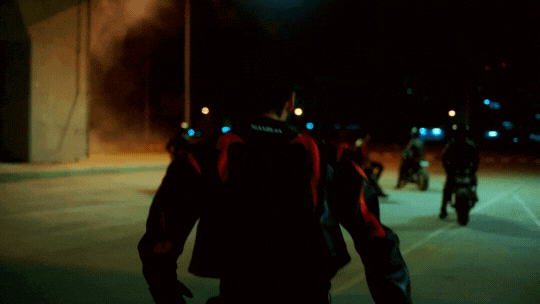


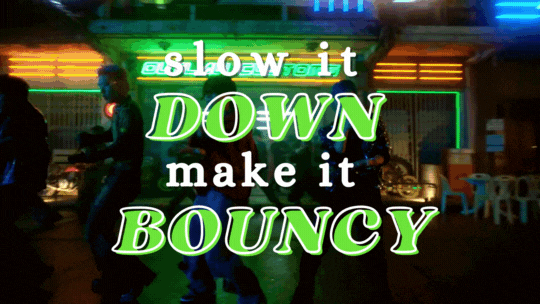



˚₊· ͟͟͞͞➳❥ jupiter's favorite title tracks of 2023
ateez
bouncy (k-hot chilli peppers)
15.06.2023
#— jupiter creates gfx#ateez#ateez gifs#ateez gfx#kpop gifs#kpop gfx#ateez edit#kim hongjoong#park seonghwa#jeong yunho#kang yeosang#choi san#song mingi#jung wooyoung#choi jongho
36 notes
·
View notes
Text


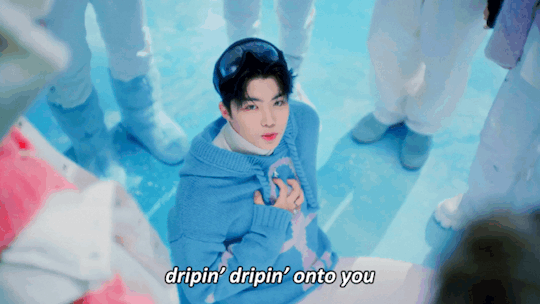

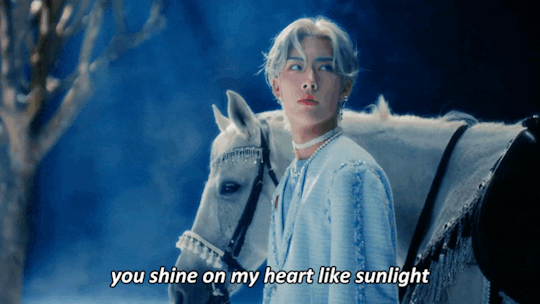

zerobaseone
melting point
#— jupiter creates gfx#— jupiter's birthmas#zerobaseone#zb1#kim jiwoong#zb1 jiwoong#zerobaseone jiwoong#sung hanbin#zb1 hanbin#zerobaseone hanbin#zhang hao#zb1 zhang hao#zerobaseone zhang hao#seok matthew#zb1 matthew#zerobaseone matthew#kim taerae#zb1 taerae#zerobaseone taerae#shen ricky#shen quanrui#ricky#zb1 ricky#zerobaseone ricky#kim gyubin#kim gyuvin#zb1 gyuvin#zb1 gyubin#zerobaseone gyubin#zerobaseone gyuvin
41 notes
·
View notes
Text



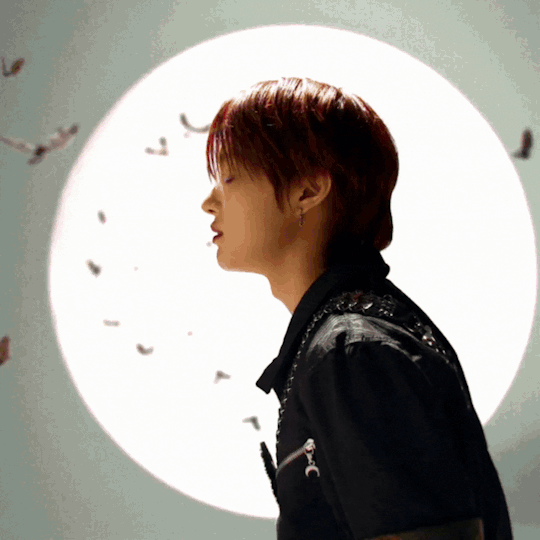

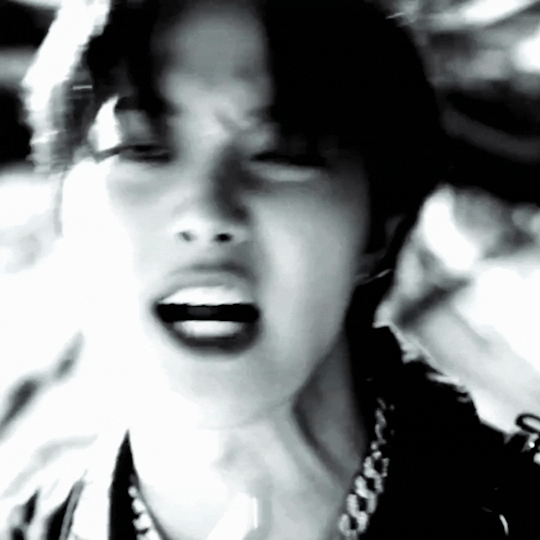
EUJOO in WAR CRY
#they're not amazing but i did my best!!#i've only seen one gifset for the mv soo i took it upon myself to make them!!#i'm going to try and make them for each member#also.#ej literally had maybe 12 secs of screentime#&team#andteam#ej#andteam ej#&team ej#eujoo#&team eujoo#andteam eujoo#byun eujoo#— jupiter creates gfx
29 notes
·
View notes
Text







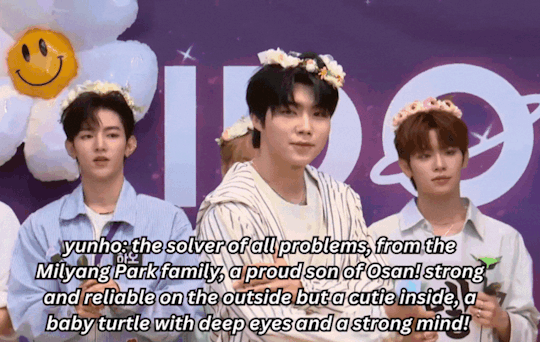

『 zb1 flowers have bloomed! garden in bloom! zerobaseone, places! 』
from ZEROBASEONE on idol radio with hosts hongjoong and yunho
BONUS:

#zerobaseone#zb1#sung hanbin#kim jiwoong#zhang hao#seok matthew#kim taerae#ricky#shen quanrui#shen ricky#kim gyuvin#park gunwook#han yujin#— jupiter creates gfx
51 notes
·
View notes
Text





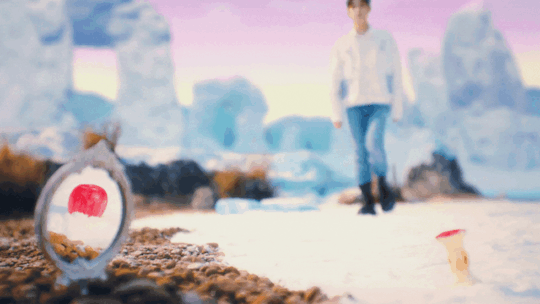
ZEROBASEONE's Melting Point
#i like how these turned out if i'm honest!#the mv is just so pretty in general#zb1#zerobaseone#zerobase one#zb1 gifs#zerobaseone gifs#zb1 gfx#zerobaseone gfx#zb1 edit#zerobaseone edit#— jupiter creates gfx
23 notes
·
View notes